What is Ethereum Classic?
Ethereum Classic (ETC) is an open-source, decentralized blockchain platform designed to run smart contracts and support the development of decentralized applications (dApps). It was created following a split in the Ethereum community in 2016 after a major hack, which led to a contentious hard fork. While Ethereum (ETH) followed the fork to reverse the effects of the hack, Ethereum Classic remained on the original blockchain, preserving the transaction history and the ethos of immutability. ETC has its own distinct community and continues to evolve independently, supporting a wide range of developers and users within its ecosystem.
Features of Ethereum Classic

Ethereum Classic (ETC) is an open-source, decentralized blockchain platform designed for running smart contracts and decentralized applications (dApps). It originated from a split within the Ethereum community after a hack in 2016, with ETC continuing on the original Ethereum blockchain. The platform has developed its own distinct community and supports a vibrant ecosystem of developers and users. Ethereum Classic is strongly committed to the principles of decentralization and immutability, meaning that once data is recorded on the blockchain, it cannot be altered. This ethos prioritizes preserving the integrity of the original blockchain, without making changes or intervening in its history.
How does Ethereum Classic work?
Ethereum Classic (ETC) operates on a decentralized network of nodes that work together to synchronize the blockchain and validate transactions. The network relies on a Proof of Work (PoW) consensus mechanism, where miners solve complex computational problems to add new blocks to the blockchain. This process ensures that once a transaction is recorded, it becomes permanent and cannot be altered, upholding the immutability of the blockchain.
Developers on Ethereum Classic can create smart contracts—self-executing contracts where the terms are directly written into code. These contracts are triggered automatically when predefined conditions are met, enabling the development of decentralized applications (dApps) such as Decentralized Autonomous Organizations (DAOs) and stablecoins.
As an open-source platform, Ethereum Classic allows anyone to inspect, modify, and enhance its underlying code. This transparency encourages community collaboration and innovation, ensuring the continued evolution of the blockchain and its applications.
How did Ethereum Classic originate?

Ethereum Classic (ETC) was born out of a significant dispute within the Ethereum community following the 2016 DAO hack. The DAO (Decentralized Autonomous Organization) was a smart contract-based investment fund built on Ethereum, but in June 2016, it was exploited, leading to the theft of a substantial amount of funds.
In response to the hack, there was a division within the Ethereum community. Some members advocated for a hard fork of the Ethereum blockchain to reverse the hack and refund the stolen funds, essentially “correcting” the blockchain. However, others felt that doing so would compromise the principles of immutability and decentralization that Ethereum was founded upon. They argued that the blockchain should remain unchanged, as it was meant to be a permanent, unalterable ledger.
This disagreement ultimately led to the split of Ethereum into two separate blockchains:
- The new Ethereum (ETH) blockchain, which implemented the hard fork and refunded the stolen funds.
- The original Ethereum blockchain, which continued without alterations and is now known as Ethereum Classic (ETC).
Since the split, Ethereum Classic has maintained a strong commitment to the ideals of immutability and decentralization, positioning itself as a blockchain that upholds the original vision of Ethereum. It operates as an open-source platform, supporting the development of decentralized applications (dApps) and smart contracts while being governed by its own community and ecosystem.
The ETC token
Similar to ETH on the Ethereum network, ETC serves as the native cryptocurrency of the Ethereum Classic blockchain, acting as “gas” to pay for transactions and execute smart contracts. Just like Ethereum, users need to pay transaction fees in ETC to incentivize miners to process and validate their transactions.
However, a key difference between ETC and ETH lies in their respective token supplies. Ethereum Classic (ETC) has a fixed maximum supply of 210.7 million ETC, which is significantly higher than Ethereum’s current circulating supply. In fact, the total supply of ETC is roughly ten times that of Bitcoin (BTC), which also operates on a Proof of Work (PoW) consensus algorithm. This fixed supply makes ETC a deflationary asset, with no new tokens being created once the maximum supply is reached, unlike Ethereum, which currently has an inflationary model due to its ongoing issuance of new tokens.
This difference in supply mechanics plays an important role in the economics of the network and may influence the long-term value and scarcity of the ETC token.
The Technology Behind ETC
Ethereum Classic (ETC) is a decentralized blockchain platform maintained by a network of nodes that work together to synchronize the blockchain and validate transactions. The network operates using the Proof of Work (PoW) consensus mechanism, where miners solve complex cryptographic puzzles to create new blocks and confirm transactions. This process ensures that once transactions are added to the blockchain, they cannot be altered, maintaining the blockchain’s immutability and tamper resistance.
One of the key features of Ethereum Classic is its support for smart contracts, which are self-executing contracts with the terms of the agreement directly written into code. These contracts automatically execute when predefined conditions are met, enabling the creation of decentralized applications (dApps) such as Decentralized Autonomous Organizations (DAOs) and stablecoins. This functionality allows developers to build applications that operate without intermediaries, in a trustless environment.
Ethereum Classic is an open-source platform, meaning that anyone can view, modify, and contribute to the network’s code. This openness promotes collaboration and innovation, allowing developers to customize the technology to meet specific needs and advance the capabilities of blockchain.
The platform primarily uses the Solidity programming language, which was specifically designed for writing smart contracts on Ethereum-based blockchains. This commonality between Ethereum and Ethereum Classic makes it easier for developers to build on both platforms, leveraging the same codebase and ecosystem.
The Ethereum Classic ecosystem
The Ethereum Classic (ETC) ecosystem is a vibrant and growing community of developers, users, businesses, and services that work together to support and expand the Ethereum Classic blockchain. This ecosystem aims to build a decentralized infrastructure that facilitates the development and execution of smart contracts and decentralized applications (dApps), all while maintaining the principles of immutability and decentralization that Ethereum Classic was founded upon.
The key components of the Ethereum Classic ecosystem include:
- Developers: A diverse group of individuals and teams actively building software and applications on the Ethereum Classic platform. This includes the development of smart contracts, decentralized exchanges (DEXs), wallets, and other decentralized applications that leverage the Ethereum Classic blockchain for security, transparency, and immutability.
- Users: Individuals, businesses, and organizations that interact with the applications and services built on Ethereum Classic. Users engage with the ecosystem by sending transactions, using dApps, and leveraging the decentralized services available on the network.
- Businesses: Companies and service providers that build products around the Ethereum Classic platform. This includes exchanges, wallet providers, cloud services, and other businesses that offer solutions based on the Ethereum Classic blockchain. These businesses play a crucial role in expanding the adoption and utility of Ethereum Classic in real-world applications.
- Community Initiatives: Various grassroots efforts, projects, and initiatives aimed at promoting, educating, and improving the Ethereum Classic ecosystem. These initiatives may include research, development of new tools, community events, and efforts to engage with new users and developers to foster growth and innovation within the network.
By collaborating across these groups, the Ethereum Classic ecosystem continuously evolves and adapts to the needs of its users while maintaining its commitment to decentralization. As an open-source platform, Ethereum Classic encourages all participants to contribute to its development, ensuring that the ecosystem remains inclusive and transparent. Through this collaborative approach, Ethereum Classic is building a strong and resilient infrastructure that supports the growth of decentralized technologies.



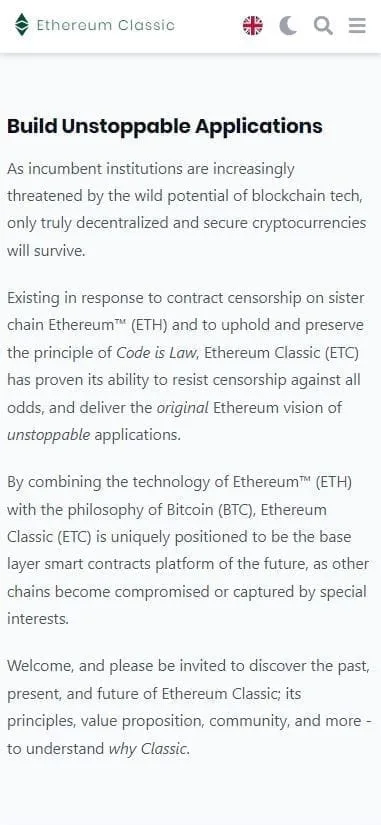


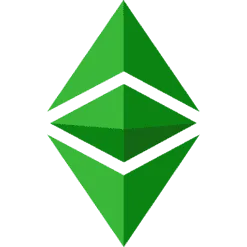





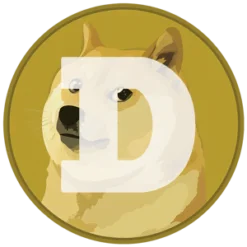
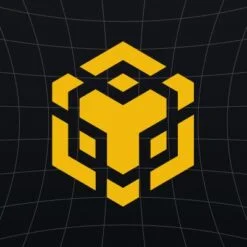






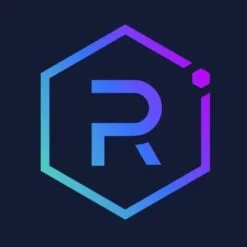
Unclejoe –
I would like someone to explain to me why I should invest in ETC with maybe 3-4 valid reasons .